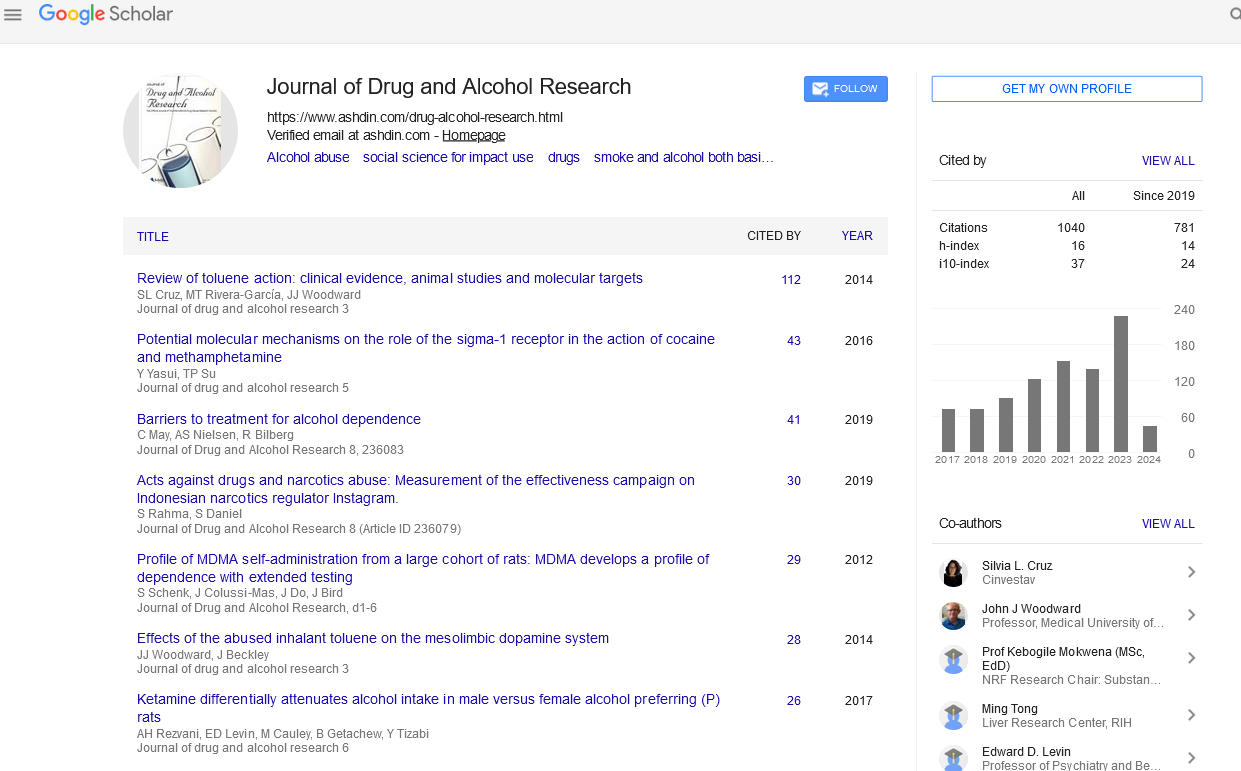Pathophysiology of Cerebral Cysticercosis Related to Panoptosis, Microglia Polarization and Novel Drugs Implications
Author(s): Lourdes de Fatima Ibanez Valdes and Humberto Foyaca*
Abstract
Background: Cysticercosis (Ct) is a preventable and eradicable zoonotic parasitic disease secondary to an infection caused by the larva form of pig tapeworm Taenia solium (Ts), in people living/visiting developing countries. However, the number of carriers in developed countries increases gradually due to globalization and uncontrolled migration. When the cysticerci is located in the brain, spinal cord or the optic nerve is called Neurocysticercosis (NCC).
In this study, we look for the role played by Microglia (Mg) and PANoptosis (PANp) in the pathogenesis of NCC. After reviewing this issue, we formulate some hypotheses regarding the role of Mg, trained immune response and PANp in the NCC.
Method: We searched the medical literature comprehensively, looking for published Medical Subject Heading (MeSH) terms like ?NCC?, ?pathogenesis of NCCs?, ?comorbidity in NCC?, OR ?apoptosis?, OR ?pyroptosis;? OR ?necroptosis;? OR ?PANoptosis;? OR ?PANoptosome;? OR ?reprogramming somatic cells;? OR ?programmed cell death;? OR ?regulated cell death? OR ?messenger RNA?.
Results: All selected manuscripts were peer-reviewed and we did not find publications related to Mg/Ap/Pp/Np/PANp/PANop/RSC/NCC.
Comments and concluding remarks: We have hypothesized the role of Mg/PANp on the pathogenesis of cysticercus perilesional oedema and the role of Mg during the colloid/nodular stage of NCC plus new drugs implications.


